
Introduction
Why are habits so powerful? Every day, we engage in countless actions, many of which are automatic, driven by the habits we have cultivated over time. These habits can either propel us forward or hold us back. Understanding how to harness the power of our habits can lead to significant personal growth and transformation.
Personal Stories of Habit Transformation
Think back to a time when a simple change in your routine had a profound impact on your life. Perhaps it was adopting a morning workout routine that not only improved your physical health but also boosted your mood for the day ahead. Here are some common habit transformations many individuals experience:
- Increased Productivity: Swapping out scrolling social media for reading can lead to clearer thinking and better focus.
- Better Health: Choosing a home-cooked meal over takeout can enhance both mental and physical well-being.
As we delve into the intricacies of habits, it’s crucial to realize that small changes can yield monumental outcomes.
Understanding the Journey Ahead
Throughout this blog, you will discover actionable insights that encourage effective habit formation and maintenance. These strategies and techniques are not merely theoretical; they come from real-life experiences that highlight their effectiveness. Prepare to explore:
- The mechanics behind habit formation.
- Tools for building and tracking habits.
- Tips for sustaining motivation, even when challenges arise.
In the following sections, we will guide you through a series of steps tailored to help you break down your goals, overcome procrastination, and cultivate a supportive environment that fosters success.
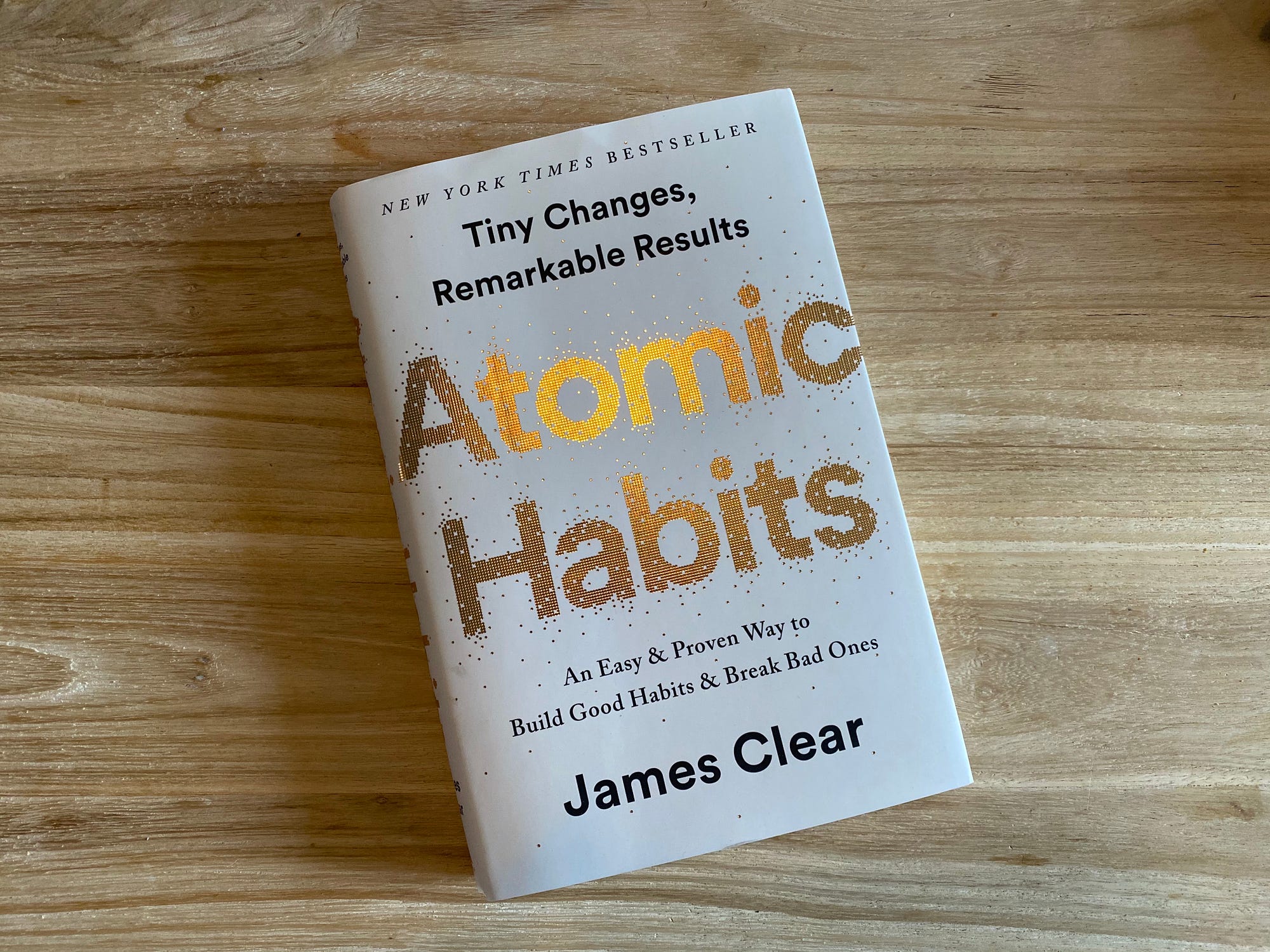
Understanding the Power of Habits
As we embark on this journey of transforming our lives through effective habits, it’s essential to grasp the fundamental mechanics behind how habits work. By understanding these concepts, we can take control of our actions and make lasting changes.
Exploring the Habit Loop
At the heart of every habit lies a simple yet powerful pattern known as the “habit loop.” This loop consists of three main components:
- Cue: This is the trigger that initiates the habit. It could be anything from a specific time of day to an emotional state. For example, feeling stressed might trigger the habit of reaching for a snack.
- Routine: This is the actual behavior you engage in, which can be positive or negative. If we take the earlier example, the routine would be eating the snack.
- Reward: This is the benefit you gain from the routine, reinforcing the behavior. In our case, eating the snack might provide temporary comfort or satisfaction.
By identifying each element in your habit loop, you can begin to adjust them, replacing negative routines with healthier ones.
Implementing Keystone Habits
Among the many habits available, there are “keystone habits” that can trigger a cascade of positive changes in other areas of your life. For instance, consider someone who begins exercising regularly. This does not simply improve physical health but often leads to:
- Improved eating habits
- Enhanced productivity at work
- Better stress management
Examples of Keystone Habits:
- Regular Exercise: Boosts energy and productivity.
- Mindful Eating: Increases awareness around food choices.
- Journaling: Enhances self-reflection and emotional clarity.
By focusing on these impactful habits, you can create a ripple effect, transforming your entire lifestyle for the better.
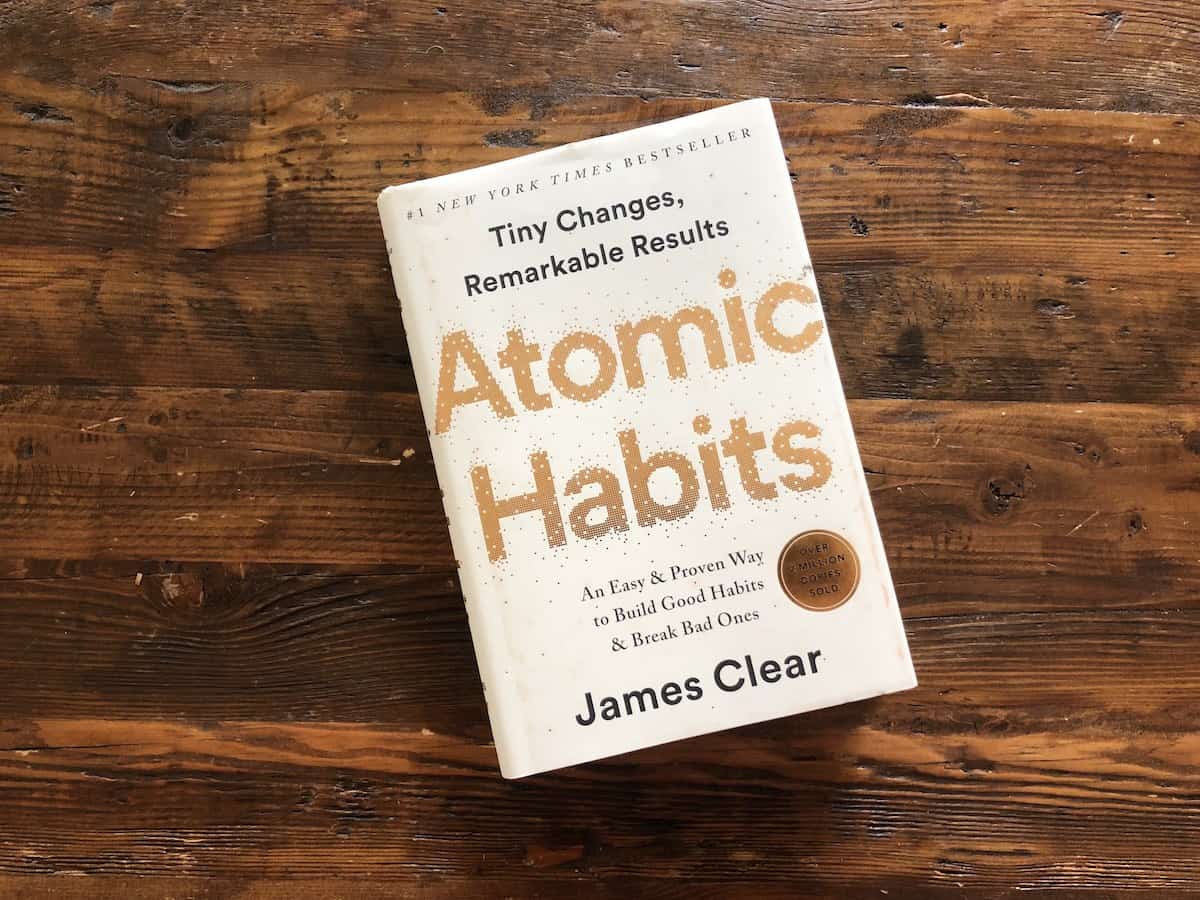
Establishing Clear Goals
Now that we've explored the foundational aspects of habits, it’s essential to carve out a clear path forward with well-defined goals. Without clear goals, even the best-intentioned habits can meander, lacking the direction needed for meaningful progress.
Setting Specific and Measurable Goals
Establishing specific and measurable goals is like having a roadmap for your journey. A vague goal like "I want to get fit" can easily lead to confusion and frustration. Instead, make it specific, such as "I will exercise for 30 minutes, five days a week." Here's how to set effective goals:
- Be Specific: Define what you want to achieve.
- Make It Measurable: Include metrics for tracking progress. For example, "Read 12 books this year" is clearer than "Read more."
- Set a Timeline: Give yourself a deadline. Instead of saying "I’ll start running," say "I’ll run three times a week for the next month."
When you set these kinds of goals, they not only provide clarity but also motivate you to take actionable steps.
Utilizing Habit Stacking
Another powerful technique for establishing routines is “habit stacking.” This approach involves linking a new habit to an existing one, making it easier to remember and integrate into your daily routine. For example, if you already have a morning coffee ritual, you can stack a new habit onto it:
- Existing Habit: Enjoying your morning coffee
- New Habit: Spend five minutes journaling while drinking your coffee
Here’s how to create your own habit stack:
- Identify a current habit you perform daily.
- Think of a new habit that can follow it naturally.
Habit stacking not only enhances your productivity but also streamlines the formation of new behaviors, making the process feel effortless. By establishing clear goals and utilizing habit stacking, you pave the way for lasting changes and achievements.
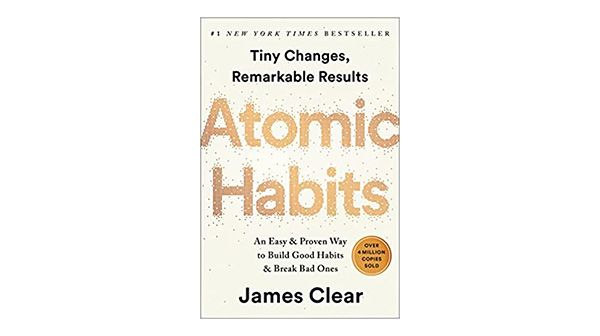
Overcoming Procrastination
As we establish clear goals and smart habits, one challenge that can derail progress is procrastination. It’s an all-too-familiar foe that can sneak up on anyone—whether it’s delaying a work project or putting off personal tasks. Understanding how to overcome procrastination is crucial for achieving your goals.
Identifying Triggers
The first step in conquering procrastination is to identify your triggers. What prompts you to put things off? It could be anything from feeling overwhelmed to fear of failure. Recognizing these triggers allows you to address them proactively. Here are some common triggers and strategies to combat them:
- Overwhelm: Breaking tasks into smaller, manageable steps can make them feel less daunting.
- Distracting Environment: Create a designated workspace free from distractions to increase focus.
- Emotional State: If anxiety is a trigger, practices like deep breathing or short meditation can center your mind.
For instance, when faced with a daunting report due, a person may feel a wave of anxiety. By acknowledging the feeling and breaking the task into smaller parts, such as outlining one section a day, procrastination can be reduced.
Utilizing Time Blocking
Once you’ve identified your triggers, it’s time to implement practical strategies—one of the most effective being time blocking. This technique involves allocating specific blocks of time for particular tasks throughout your day, creating a structured schedule that minimizes distractions and maximizes productivity.
- Example of a Daily Schedule:
- 9:00 AM - 10:00 AM: Work on Project A
- 10:00 AM - 10:15 AM: Break
- 10:15 AM - 11:15 AM: Respond to emails
- 11:15 AM - 12:00 PM: Read materials for a meeting
By visually mapping your day and assigning dedicated slots for work, you eliminate uncertainty and gain a clear sense of direction. Overcoming procrastination is not just about willpower—it's also about employing smart strategies like identifying triggers and applying time blocking to control your time more effectively. With these tools, you’ll find it easier to progress toward your goals with confidence.
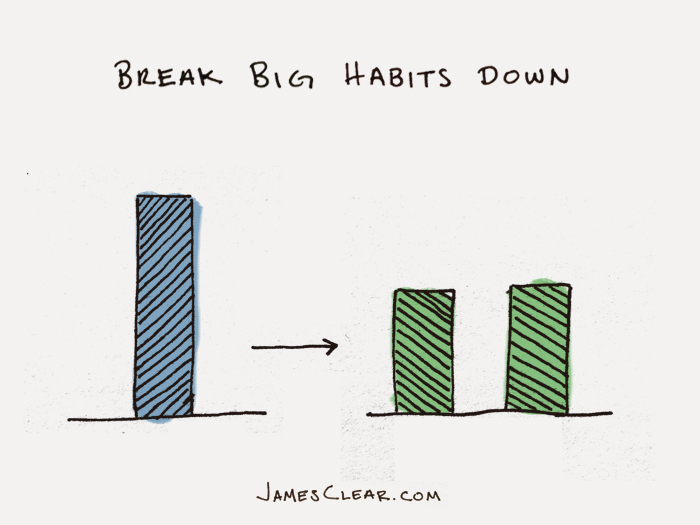
Building Consistency and Discipline
With a solid understanding of overcoming procrastination, the next step in our journey toward effective habits is building consistency and discipline. This foundation is essential for sustaining the changes we want to make in our lives. Two fantastic strategies to help you in this area are the “Two-Minute Rule” and “Temptation Bundling.”
Embracing the Two-Minute Rule
The Two-Minute Rule, popularized by productivity expert David Allen, is incredibly effective in overcoming inertia. The idea is simple: when you want to start a new habit or task, if it takes less than two minutes to complete, do it right away. For example:
- Making Your Bed: Instead of leaving it unmade, take two minutes to tidy up.
- Replying to an Email: If it’s a quick response, tackle it instead of adding it to your to-do list.
By embracing this rule, you build momentum and reinforce the habit of taking immediate action. Over time, these small victories accumulate, fostering a greater sense of discipline.
Mastering the Art of Temptation Bundling
Another powerful approach to building consistency is “Temptation Bundling.” This technique involves pairing a habit you want to cultivate with something you find enjoyable, effectively making the process more appealing. For instance, if you want to develop a habit of exercising, try this:
- Listen to your favorite podcast or audiobook while working out. The enjoyment of the content will make you look forward to your workout sessions.
Here are some ideas for temptation bundling:
- Doing chores while listening to music or an engaging show.
- Studying with a snack that you only permit during those study sessions.
By leveraging the appeal of pleasurable activities, you create a positive association with the habits you’re trying to establish. With the Two-Minute Rule and Temptation Bundling in your toolkit, you will find it much easier to develop consistency and discipline in your daily routines. These strategies empower you to make progress effortlessly, contributing to long-term success.
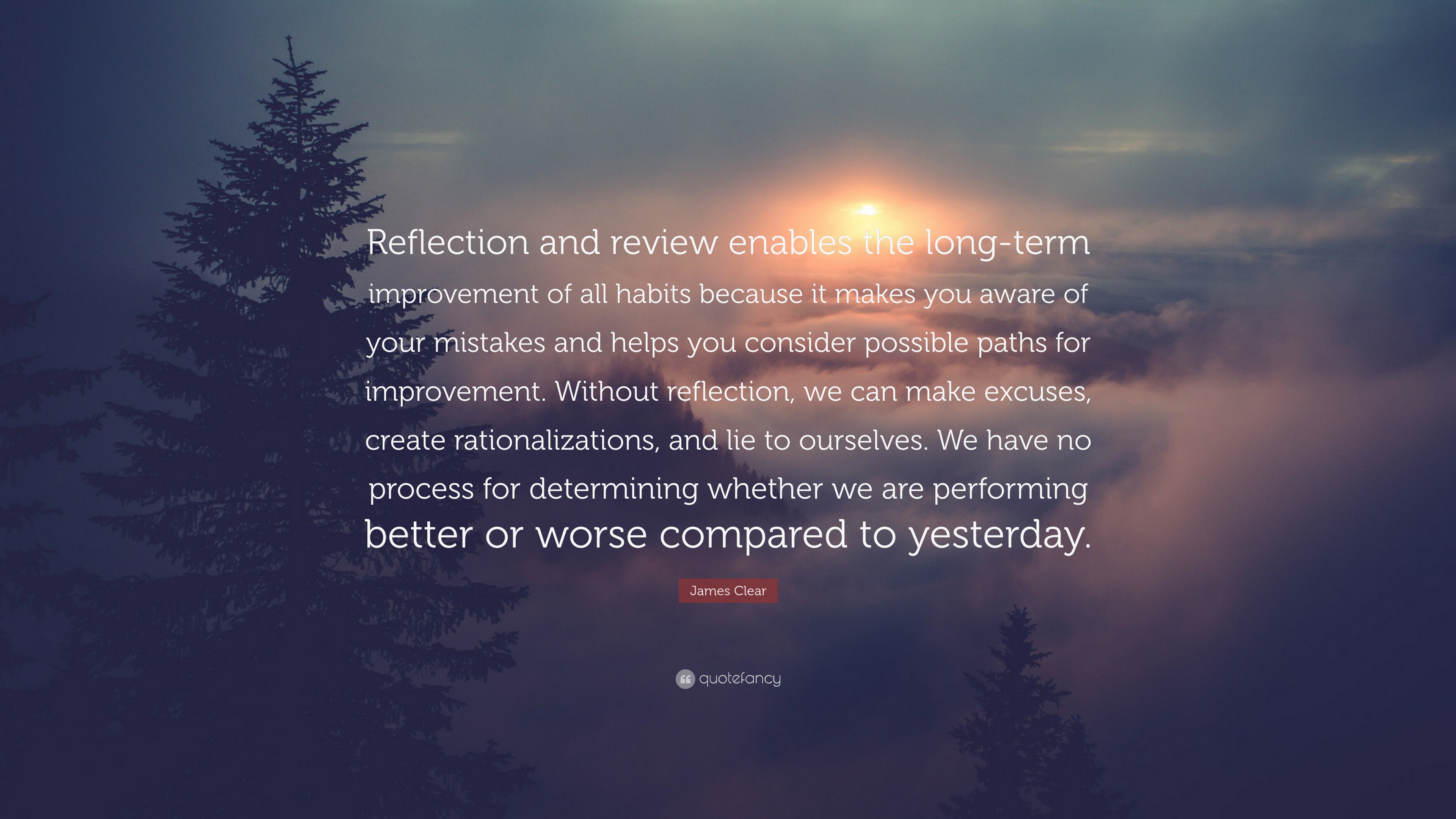
Prioritizing Self-Reflection
Having established consistency and discipline in our habits, it’s essential to prioritize self-reflection as part of our ongoing growth journey. Self-reflection allows us to assess our progress, understand our feelings and motivations, and make necessary adjustments to stay aligned with our goals. Two effective methods for fostering self-reflection are practicing mindfulness and engaging in journaling for personal growth.
Practicing Mindfulness
Mindfulness is the practice of being fully present in the moment, which can provide invaluable insights into our thoughts and behaviors. By taking time to observe our feelings without judgment, we can better understand our responses to various situations. Here are some simple ways to incorporate mindfulness into your routine:
- Mindful Breathing: Spend five minutes focusing solely on your breath. Notice the rise and fall of your chest and simply be present.
- Body Scan: Take a few moments to mentally scan your body from head to toe. Acknowledge any tension and release it.
Through mindfulness, you'll start recognizing patterns in your thoughts and emotions, allowing for greater self-awareness. This awareness can guide you in making wiser choices moving forward.
Journaling for Personal Growth
Journaling is another powerful tool for self-reflection and personal development. By putting your thoughts on paper, you create a tangible record of your experiences, feelings, and insights. Here are some prompts to get you started:
- What are three things I'm grateful for today? This cultivates a positive mindset.
- What challenges did I face this week, and how did I handle them? Reflecting on these moments can reveal strengths and areas for growth.
Consider setting aside 10-15 minutes each day for journaling. Whether you choose to write about your day, your goals, or your emotions, this practice fosters clarity and encourages growth. Incorporating both mindfulness and journaling into your day-to-day life enables deeper self-reflection, helping you assess your progress and maintain alignment with your values and aspirations. Through these practices, you will gain the insights needed to navigate challenges and celebrate your successes.

Creating a Supportive Environment
With self-reflection as a key component of our growth journey, the next crucial step is creating a supportive environment that facilitates success. The right environment can dramatically influence our habits and help us remain focused on our goals. Two vital aspects to consider are surrounding yourself with the right influences and designing your environment for success.
Surrounding Yourself with the Right Influences
The people we interact with play a significant role in shaping our behaviors and mindset. Surrounding yourself with positive influences can vastly enhance your motivation and well-being. Here’s how to build a supportive social circle:
- Identify Positive Influences: Reflect on the individuals who inspire and motivate you. These could be friends, mentors, or even family members who uplift you.
- Engage in Supportive Communities: Join groups or clubs that align with your interests and goals, be it a fitness class, a book club, or professional networks.
For example, when someone decided to pursue healthier eating habits, they sought out friends who also prioritized nutrition. Together, they shared healthy recipes, went grocery shopping, and even cooked meals as a team, fostering a positive atmosphere.
Designing Your Environment for Success
In addition to surrounding yourself with supportive people, it's crucial to design your physical environment to encourage productivity and well-being. Here are some practical changes you can implement:
- Declutter Your Space: A clean and organized environment can reduce distractions and increase focus.
- Create Dedicated Spaces: Designate specific areas for different activities, such as a workspace for studying or a cozy nook for reading.
For instance, someone aiming to write more could establish a serene, distraction-free workspace complete with inspirational quotes and comfortable seating. This intentional design makes it easier to engage in the desired activities regularly. By surrounding yourself with the right influences and actively designing your environment for success, you set the stage for lasting growth. These changes create an atmosphere that nurtures your goals and encourages you to stay on track as you continue to develop the habits and mindset essential for success.

Harnessing the Power of Atomic Habits
With a supportive environment in place to sustain our growth, we can now turn our attention to the concept of atomic habits. Atomic habits refer to the small, incremental changes that, over time, can lead to remarkable results. Understanding their power and leveraging principles like the 1% Rule can significantly enhance our progress.
Understanding the Impact of Small Changes
It’s easy to underestimate the significance of small changes, but they can have a profound impact on our lives. Think of habits as the compound interest of self-improvement. Just as saving a little money daily adds up over time, so do minor changes in our routines. For example, if you start exercising just two minutes more each day, it may seem insignificant initially. However, over weeks and months, this small increment can lead to:
- Improved physical fitness
- Increased energy levels
- Boosted mood and reduced stress
These small changes, when added together, create a powerful transformation. By focusing on the little things, you create a sustainable path toward your larger goals.
Leveraging the 1% Rule
The 1% Rule aligns perfectly with the concept of atomic habits. This principle suggests that if you improve by just 1% each day, you’ll end up 37 times better by the end of the year. Imagine the snowball effect of this gradual improvement! To leverage the 1% Rule effectively, consider the following steps:
- Identify Areas for Improvement: What small habits can you incorporate? It could be drinking an extra glass of water daily or spending five minutes reviewing your goals.
- Track Your Progress: Use a habit tracker or journal to visually see your improvements, no matter how small they may seem.
For instance, someone aiming to read more might start with just one page a day. While it feels trivial at first, this commitment quickly accumulates into a sizeable number of books read over a year. By understanding the impact of small changes and applying the 1% Rule, you can harness the true power of atomic habits. These strategies allow you to create a ripple effect that motivates and empowers you, making the journey of personal growth both attainable and rewarding.

Nurturing Growth Mindset
Having developed the ability to harness the power of atomic habits, the next critical element to focus on is nurturing a growth mindset. This mindset encourages ongoing development, resilience in the face of challenges, and the belief that abilities can improve over time. Two key components of fostering a growth mindset are embracing failure as a learning opportunity and cultivating a growth-oriented perspective.
Embracing Failure as a Learning Opportunity
Failure is often seen as a setback, but it can also be one of our greatest teachers. When we embrace failure, we shift our perception and can extract valuable lessons from our experiences. Consider this:
- Reflect on Past Mistakes: Take the time to analyze what went wrong and how it can help you improve in the future. For instance, a student who fails an exam might review their study habits and identify gaps in their preparation.
- Adopt a Positive Attitude: Approach failure with curiosity. Instead of fearing it, ask yourself, “What can I learn from this?”
A personal example may be when someone starts a new workout regimen and doesn’t see immediate results. Rather than giving up, they assess their approach and adjust their routine, recognizing that journeying toward fitness involves learning and adaptation.
Cultivating a Growth-Oriented Perspective
Cultivating a growth-oriented perspective involves viewing challenges as opportunities for personal and professional development. Here’s how to foster this mindset:
- Set Learning Goals: Instead of focusing solely on outcomes, set goals that prioritize skills and knowledge acquisition. For example, instead of aiming for a specific weight loss target, focus on mastering new recipes or engaging in a weekly fitness class.
- Surround Yourself with Positivity: Engage with individuals who inspire growth and promote a mindset of resilience. Share experiences and learn from others who approach life’s setbacks with a proactive attitude.
By actively embracing failure as a learning opportunity and nurturing a growth-oriented perspective, you’ll build a mindset that thrives on challenges. This resilience not only enhances your ability to learn and grow but also allows you to approach life with renewed enthusiasm and determination. This journey becomes an adventure of continuous self-discovery and improvement.
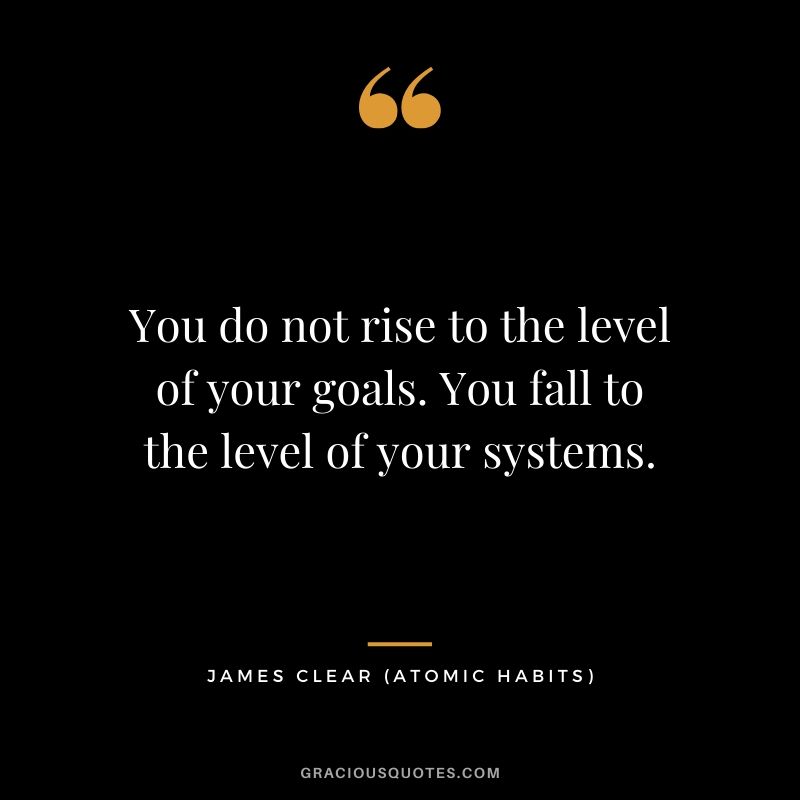
Sustaining Long-Term Motivation
As we embrace a growth mindset, the next essential aspect of personal development is sustaining long-term motivation. Maintaining the drive to pursue our goals can be challenging, especially when faced with obstacles or setbacks. Two effective strategies for keeping motivation high are celebrating small wins and fostering intrinsic motivation.
Celebrating Small Wins
Recognizing and celebrating small victories can provide a significant boost to your motivation. These wins, no matter how minor they may seem, deserve acknowledgment as they contribute to your larger goals. Here's how to effectively celebrate small wins:
- Track Your Progress: Keep a journal or a chart where you log daily accomplishments. This can serve as a visual reminder of your progress and motivate you to keep moving forward.
- Reward Yourself: Set up a reward system for reaching milestones. Treat yourself to something small—perhaps a favorite snack or a relaxing evening after completing a task.
For example, someone working on writing a book might celebrate completing a chapter. They could treat themselves to a favorite meal or share the achievement with friends, enhancing their sense of achievement and motivation.
Fostering Intrinsic Motivation
While external rewards can be helpful, fostering intrinsic motivation is crucial for long-term success and satisfaction. This involves cultivating a genuine interest in the activities you pursue. Here’s how to nurture intrinsic motivation:
- Connect to Your Values: Identify how your goals align with your personal values and passions. When you see the purpose behind your actions, motivation increases.
- Engage in Enjoyable Activities: Focus on what you love. For instance, if you’re aiming to get fit, find an activity you enjoy, such as dancing or hiking, rather than forcing yourself into a routine you dislike.
By celebrating small wins and fostering intrinsic motivation, you create a supportive framework that promotes continued progress and enthusiasm. These practices not only enrich your journey but also ensure that your pursuit of goals remains fulfilling and enjoyable. In this way, you lay the groundwork for a sustainable and rewarding path of self-improvement and achievement.
Setting Up Systems for Success
With a solid foundation built on sustaining long-term motivation, it’s crucial to establish effective systems that facilitate ongoing success. Two key components of these systems are building habit tracking systems and optimizing your daily routine.
Building Habit Tracking Systems
Habit tracking can serve as a powerful tool in maintaining accountability and measuring progress. When you track your habits, you gain visibility into what works and what needs improvement. Here’s how to create an effective habit tracking system:
- Choose Your Tracking Method: Decide if you prefer digital tools (apps like Habitica or Trello) or analog methods (a physical journal or planner). Using a method you enjoy will make tracking more engaging.
- Create Clear Metrics: Define what success looks like for each habit. For example, if you’re aiming to exercise regularly, track the number of workouts completed weekly.
- Visualize Your Progress: Use charts or bullet journals to create visual representations of your habits. Seeing your achievements can be incredibly motivating.
For instance, someone wanting to improve their hydration may use a simple checkbox system where they mark off each glass of water consumed throughout the day.
Optimizing Your Daily Routine
Once you have your habit tracking in place, the next step is to optimize your daily routine for maximum efficiency and effectiveness. Here are some tips to streamline your day:
- Prioritize Your Tasks: Begin each day by identifying the most important tasks. Focus energy on high-priority items that contribute to your long-term goals.
- Set Time Limits: Allocate specific time blocks for different activities. For example, dedicate 30 minutes for writing in the morning, using the Pomodoro technique to create focus.
- Build in Breaks: Schedule short breaks between tasks to recharge. This prevents burnout and keeps your mind fresh.
By establishing robust habit tracking systems and optimizing your daily routine, you position yourself for ongoing success. These strategies help cultivate a structured environment that supports your goals, ensuring that you stay aligned and productive as you continue your journey of personal development. With consistent implementation, you'll find it easier to maintain progress and achieve lasting results.

Embracing Continuous Improvement
Now that you have established systems for success, it’s vital to embrace the concept of continuous improvement. Life is not a linear journey, and setbacks will inevitably occur. By developing an attitude geared towards learning from these experiences and adopting a growth-oriented mindset, you can turn challenges into stepping stones for growth.
Learning from Setbacks
Setbacks can feel discouraging, but they can also offer invaluable lessons. The key is to shift the narrative from failure to opportunity. Here are some strategies to help you learn from setbacks:
- Analyze What Went Wrong: Take a step back to reflect on the situation. What factors contributed to the setback? Was it a lack of preparation, unexpected circumstances, or a miscalculation? Understanding the “why” is essential for moving forward.
- Adjust Your Approach: Based on your analysis, plan out steps to tackle similar situations differently in the future. For example, if you missed a deadline, you could implement better time management strategies or break projects into smaller tasks.
Remember, some of the most successful individuals have encountered significant obstacles. They often credit their growth and resilience to learning from those experiences.
Adopting a Growth-Oriented Mindset
A growth-oriented mindset is the belief that abilities and intelligence can be developed through dedication and hard work. To cultivate this perspective:
- Encourage Curiosity: Approach learning with an open mind. Ask questions and seek out new information.
- Celebrate Efforts, Not Just Results: Focus on the effort you put into tasks, regardless of the outcome. Recognizing your dedication reinforces the value of perseverance.
An excellent way to practice this mindset is to regularly engage in activities that push your boundaries. For instance, try a new hobby or skill that challenges you. The focus on improvement rather than perfection fosters resilience. By learning from setbacks and embracing a growth-oriented mindset, you not only enhance your personal development journey but also empower yourself to navigate life’s challenges with greater confidence and adaptability. Continuous improvement becomes a natural part of your lifestyle, leading to both success and fulfillment.

Cultivating Resilience in the Face of Challenges
As you embrace continuous improvement, it's crucial to cultivate resilience to navigate life's inevitable challenges. Resilience is not just about bouncing back from setbacks; it’s about thriving despite adversity. Two key aspects of building resilience are developing mental toughness and employing techniques to overcome obstacles.
Building Mental Toughness
Mental toughness is the ability to stay focused, consistent, and determined, even in the face of adversity. Here’s how to develop your mental toughness:
- Set Clear Goals: By knowing what you're aiming for, it becomes easier to push through tough times. Write down your goals and remind yourself of them regularly.
- Practice Visualization: Imagine yourself overcoming challenges successfully. Visualizing positive outcomes can strengthen your mindset and increase your confidence.
- Embrace Discomfort: Challenge yourself to step out of your comfort zone. Engaging in activities that make you uncomfortable can build mental resilience. For instance, trying a new sport or public speaking can be powerful ways to grow.
An example of mental toughness in action can be seen in athletes who face injuries. Instead of succumbing to defeat, they often develop a mindset focused on rehabilitation and improvement, learning new techniques to keep competing.
Techniques for Overcoming Obstacles
To effectively tackle life’s challenges, consider employing these practical techniques:
- Develop Problem-Solving Skills: Break down obstacles into smaller, manageable parts. This makes them less overwhelming and allows for a more systematic approach.
- Seek Support: Don’t hesitate to reach out to friends, family, or mentors for advice and encouragement. Having a reliable support system strengthens your resilience.
- Adopt a Positive Reframing Approach: Instead of viewing challenges as insurmountable, reframe them as opportunities for growth and learning. For instance, if you missed a deadline, consider what you’ll change next time instead of dwelling on the mishap.
By building mental toughness and employing effective techniques to overcome obstacles, you can cultivate resilience that empowers you to face challenges head-on. Resilience not only enhances your ability to cope with setbacks but also enriches your personal growth journey, making you more adaptable and resourceful in life's ever-changing landscape.

Celebrating Progress and Success
With resilience firmly established in your personal toolkit, it's essential to take a step back and celebrate the progress and successes you've achieved along your journey. Reflection not only reinforces your commitment to growth but also sets the stage for maintaining momentum moving forward. Two vital components in this process involve reflecting on your achievements and ensuring momentum for future growth.
Reflecting on Achievements
Taking time to acknowledge and celebrate your accomplishments is crucial for maintaining motivation. Celebrations provide an opportunity to appreciate how far you’ve come, no matter how big or small the achievement. Here are a few ways to reflect on your successes:
- Keep a Success Journal: Regularly jot down your accomplishments, big or small. This serves as a tangible reminder of your progress over time.
- Share Your Wins: Talk about your achievements with friends or family. Sharing encourages support and recognition from your circle, reinforcing your sense of accomplishment.
For example, after completing a challenging project at work, someone might choose to celebrate with colleagues, acknowledging the hard work everyone contributed.
Maintaining Momentum for Future Growth
Once you’ve reflected on your achievements, it’s time to harness that positivity into sustaining momentum for your ongoing development. Here are some strategies to keep the energy flowing:
- Set New Goals: Building on previous successes, establish new, exciting goals. Ensure they are challenging yet achievable to keep you engaged.
- Create an Action Plan: Develop a plan outlining the steps you need to take to reach your new goals. This keeps you focused and provides a clear direction.
- Regular Check-Ins: Schedule periodic self-assessments to ensure you remain on track. Reflect on what’s working and what needs adjusting, keeping the process dynamic.
By regularly reflecting on your achievements and taking proactive steps to maintain momentum, you create a sustainable cycle of growth and success. Each celebration fuels your motivation and enthusiasm, paving the way for further exploration and advancement on your journey. Embrace the process, and remember that every step you take contributes to your larger narrative of personal development.

Finale
As we come to the conclusion of our journey through personal development and self-improvement, it’s essential to reflect on the key themes and strategies we’ve explored. Each section has offered tools and insights designed to foster resilience, cultivate growth, and sustain motivation as you navigate the complexities of life.
Key Takeaways
Throughout this journey, we have learned that:
- Continuous Improvement is a Process: Embracing a growth mindset, learning from setbacks, and celebrating small wins are pivotal in achieving long-term success.
- Establishing a Supportive Environment: Surrounding yourself with positive influences and designing your physical space can significantly affect your progress.
- Setting Up Systems for Success: Habit tracking and optimizing your routine create a structured approach that enhances productivity and helps maintain focus on your goals.
Reflecting on personal experiences throughout this journey can be a powerful motivator. For instance, think of a time when you faced a challenge and used the strategies discussed—what did you learn? How did you grow?
Moving Forward
As you close this chapter, remember that personal development is an ongoing journey.
- Stay Curious: Continue to seek personal growth through learning and exploration.
- Embrace Change: Adapt to new circumstances with resilience and an open mind.
- Keep Celebrating: Regularly reflect on your achievements and maintain the momentum that propels you forward.
In the end, the process of personal development is about mastering the art of becoming your best self, one step at a time. So, venture boldly into the future you've envisioned. With each challenge you face, embrace the lessons learned, and continue striving for progress. The journey of self-improvement is as much about the path as it is about the destination. Happy growing!
